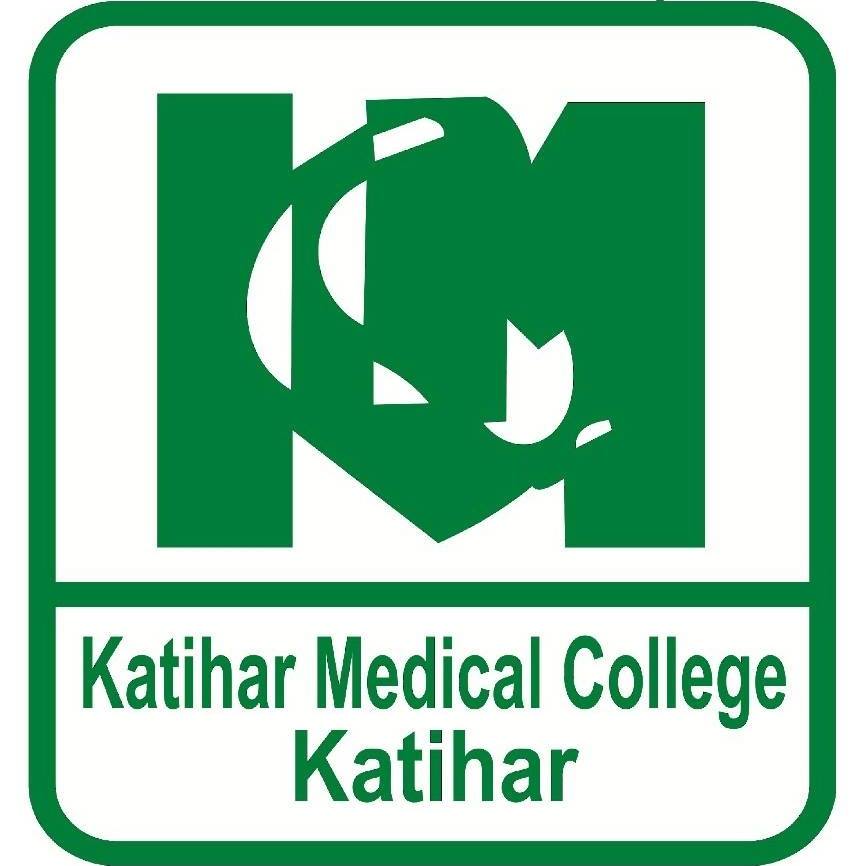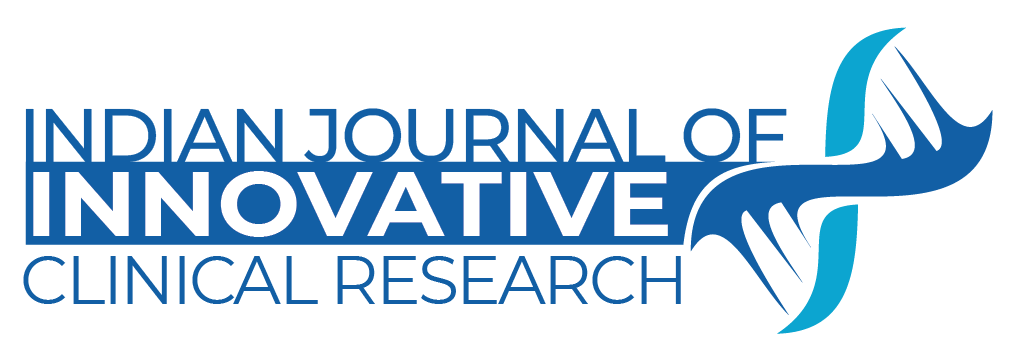Journal Menu
- Home
- Aims & Scope
- Editorial Board
- Article Preperation Guideline
- Online Submission
- Articles Early View
- Current Issue
- Archive
- Membership
- Reprints
DIFFERENTIAL EXPRESSION OF CAVEOLIN-3, ST2, AND GDF-15 GENES IN ACUTE MYOCARDIAL INFARCTION: A CROSS-SECTIONAL STUDY
Article Information
Tushar Kumar, *Aandrei J Jha, Madhav Kumar
Introduction: Acute myocardial infarction (AMI) is a prominent cause of death and morbidity worldwide, requiring biomarkers for early diagnosis and prognosis. CAV-3, ST2, and GDF-15 are implicated in cardiovascular pathogenesis, but their differential expression and functional functions in AMI are unknown. This study aimed to evaluate the differential expression of CAV-3, ST2, and GDF-15 genes in AMI patients compared to controls and to investigate their potential as biomarkers and functional roles through bioinformatics analysis.
Methods: This study included 80 individuals (40 AMI patients and 40 non-AMI controls). Blood samples were analyzed using real-time PCR to measure the relative expression of the target genes. Bioinformatics tools were employed to identify gene enrichment pathways and protein-protein interactions. Statistical analysis was performed to assess the association of gene expression with clinical parameters.
Results: CAV-3, ST2, and GDF-15 were significantly upregulated in AMI patients compared to controls (fold changes: 3.45, 1.87, and 2.55, respectively; p < 0.05). Bioinformatics analysis identified CAV-3 as a critical player in cardiac conduction and calcium-mediated transport, interacting with proteins such as dysferlin and annexins. Correlation analysis revealed a strong association between CAV-3 expression and cardiac conduction abnormalities (r = 0.65, p < 0.01). ST2 and GDF-15 correlated with inflammatory and stress markers (r = 0.58, r = 0.62, p < 0.05).
Conclusion: The upregulation of CAV-3, ST2, and GDF-15 in AMI patients underscores their potential as biomarkers and highlights their roles in critical pathways such as cardiac conduction, inflammation, and stress response. These findings provide a foundation for future studies on diagnostic and therapeutic interventions in AMI.


